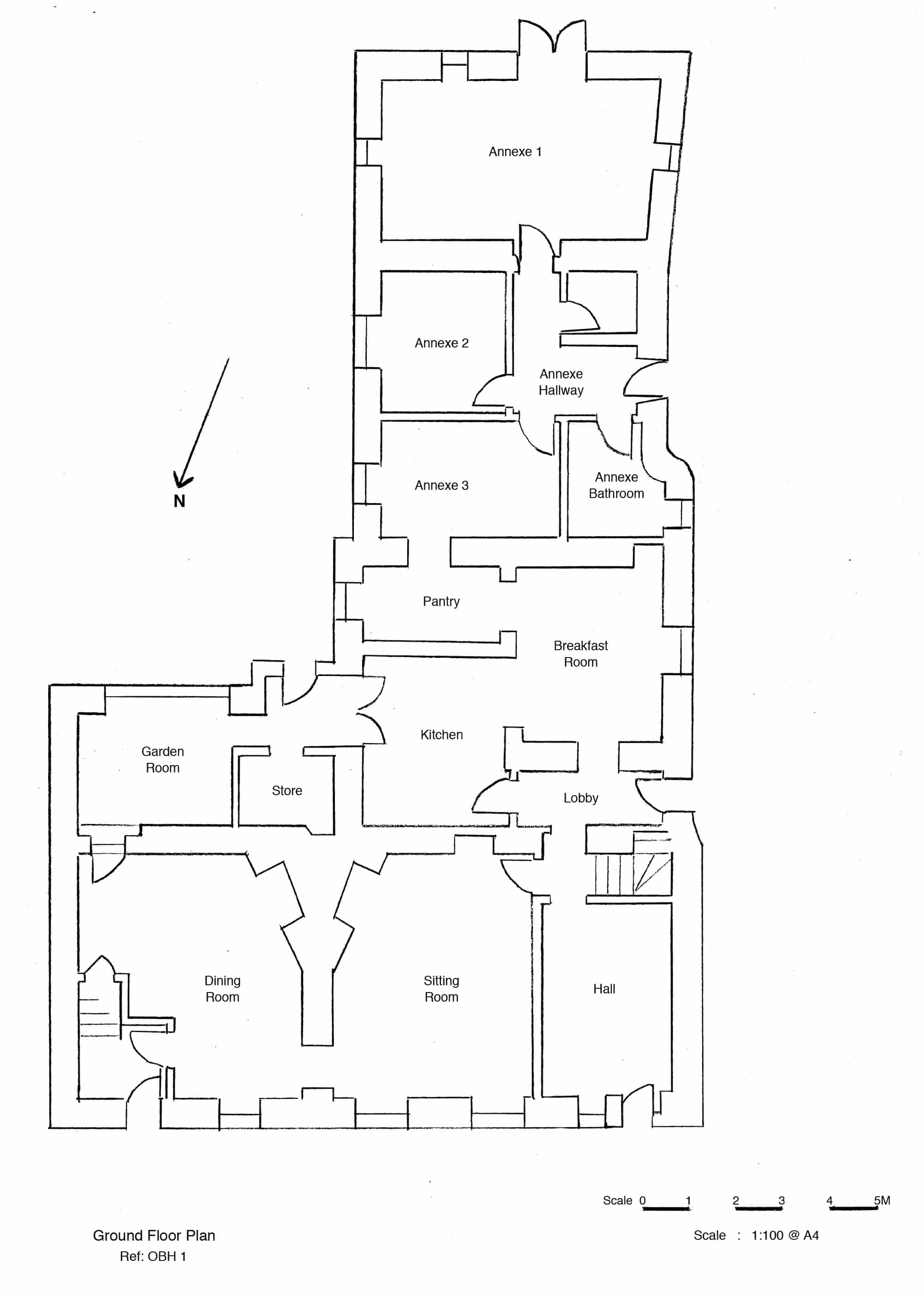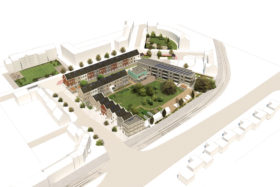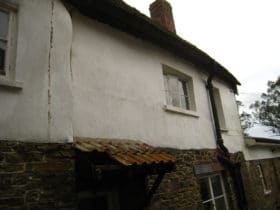
Learn from the experts with our online training course!
Use the code BUILD for 20% off
Learn from the experts with our online training course!
Use the code BUILD for 20% offRegular Build It readers will know I have worked as a Historic Building Consultant for the past 15 years. I also regularly contribute articles about old houses and renovation to the magazine.
As a consultant I’ve advised many clients on how to repair and renovate old buildings. Now the time has come to put my money where my mouth is and take on a renovation project of my own!
So I have bought a Grade II* listed house in Devon, which needs complete renovation and refurbishment. It’s a long-term project that will take a number of years to complete. This blog will follow the project as it progresses.
I’ll go through the process of getting to understand the building and using that information to decide how to achieve the best result both for the building and for us as its occupants. Then there is the important task of selecting and commissioning a top-quality team of professionals, craftsmen and trades to work with me.
You can follow us through the design process, gaining the necessary Listed Building and Planning consents as well as navigating the Building Regulations and ensuring their sensitive application to a historic, traditionally constructed building.
There will be a lot of information about what materials are selected, how they are used and why. And, of course, description of the actual work and how we get on.
Most exciting will be sharing the discoveries we make as we remove harmful modern layers and how we solve the tricky, quirky problems old buildings always throw up. I look forward to having you with me on the journey.

The house itself is mostly in good structural condition but needs completely new electrics, heating and plumbing. A lot of work has been done in the recent past without any understanding of how old buildings work; much of that is also of very poor quality.
That means the lengthy first phase of the project will be undoing most of what has been done to the house since the ‘70s. The good news is that this will lay bare a lot of the fabric and structure to help us understand how the building has developed over the centuries.
It is not straightforward! That phase has to be carefully planned and tackled with great care. It’s potentially the most risky part of the project.
The modern interventions are likely to have compromised the original structure in some places (especially given the quality of some of the workmanship) or we might uncover failures in the older fabric because of age, decay or historic bodging – although we sometimes like to think otherwise, dodgy builders have always been with us!

